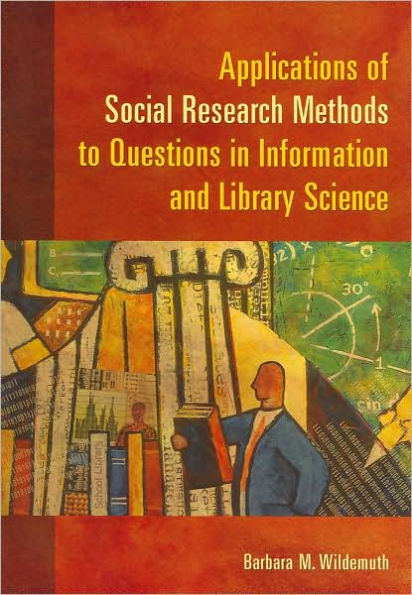5
1
9781591585039


Applications of Social Research Methods to Questions in Information and Library Science available in Paperback

Applications of Social Research Methods to Questions in Information and Library Science
- ISBN-10:
- 1591585031
- ISBN-13:
- 9781591585039
- Pub. Date:
- 05/19/2009
- Publisher:
- ABC-CLIO, Incorporated
- ISBN-10:
- 1591585031
- ISBN-13:
- 9781591585039
- Pub. Date:
- 05/19/2009
- Publisher:
- ABC-CLIO, Incorporated
65.0
In Stock

Product Details
| ISBN-13: | 9781591585039 |
|---|---|
| Publisher: | ABC-CLIO, Incorporated |
| Publication date: | 05/19/2009 |
| Edition description: | Older Edition |
| Pages: | 421 |
| Product dimensions: | 7.00(w) x 9.90(h) x 1.10(d) |
About the Author
From the B&N Reads Blog



